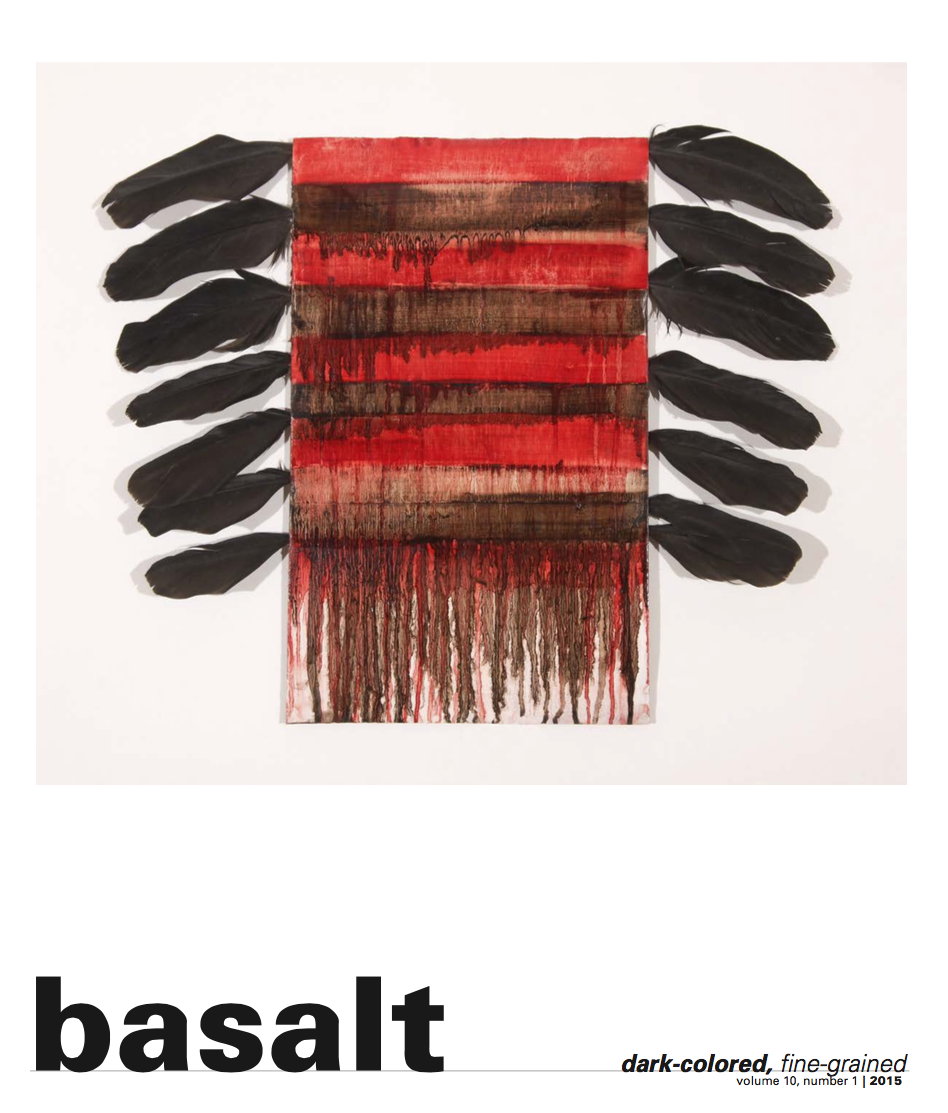A Review of The Uneaten Carrots of Atonement by Diane Lockward
Wind Books, 2016
by Tami Haaland
在
The most obvious animal presence in Lockward’s book comes in “Original Sin,” which also contains a line that provides the book with its title. The rabbit of this narrative has lost its tail as the speaker’s best friend pulls it off. But the speaker takes responsibility for this cruel act, and Lockward explores the relationship between guilt and false confession which leads the child to feel that she was, in fact, the guilty party. Though she tries to atone for her assumed guilt by providing carrots to the maimed rabbit, this solution doesn’t work and her guilt remains because 1) she lied, 2) she wishes she had thought to snip off the rabbit’s tail for herself, and 3) the rabbit dies. The inner conflict of desire and guilt focused on her beloved pet offers an example of how the sources of violence become murky, with the victimized creature at the center of it all. Perhaps this marks the beginning of the “terror” Lockward mentions in her “Ars Poetica.”
In this book, we see speakers who want to put bird feeders in trees (“I Want to Save the Trees”), who contemplate fallen birds and wonders why more don’t drop from the skies (“Thinking Like a Buddhist”), who cast off a lover “the way a cicada wiggles out of its husk” (“How I Dumped You”). We also see a speaker who beats a dog with a belt after the dog has attacked and killed her child’s pet rabbit (“Eminent Domain”) and another who sees the beauty in how her cat kills a rat, then brings it home (“The Gift of a Rat”).
I appreciate the range of Lockward’s work as she explores human-animal connections from observation to intimacy. In the poems that fascinate me most, animals are not on the exterior of the life as something owned or observed, but they loom larger, become mythic and more interior.
“In My Bones” stands out as an example: “Through / my nose, / downstream / into my throat, / a salmon swims / in my bones” (1-6). The speaker’s body becomes “the damaged / ecosystem” (8-9) where the female salmon “lays her eggs” (14). In this way, the ecosystem takes on a womb and tomb identity and the eggs seem to foreshadow a recovery. The salmon’s “undulations” (18) affect the human ecosystem, and the ecosystem moves in response to the salmon. As the poem continues, the speaker perceives herself to be “pink with / oily ooze of / salmon” (31-33) a sort of healing balm. “Wild with / desire for fresh water, I swim upstream / against the current, / through rapids / and estuaries” (34-36). The presence of the salmon gives strength and direction to whatever recovery is implied by this poem, which presents a dreamy and mysterious union of body as landscape and migratory creature as spirit inhabitant.
Bi
Feathers left behind by birds continue as a motif, appearing in a number of other poems, but nowhere more centrally than in “Where Feathers Go When They Fall.” In this poem the speaker is transformed after dreaming of birds all night. “Tickled awake, / my mouth fills with feathers” (2-3). Soon, she is at the window, drawn by the blue of the sky, her arms become wings and she is in flight. She develops “a strange / new appetite for worms” (15-16) and she builds a nest outside of her former, human home, relishing this newfound freedom. The birds whose feathers fill her are “blue jay, warbler, starling” (4) and now she has “multi-colored plumage” (37), though not one red feather from a cardinal. This poet as shape shifter seems especially content that the children are grown and out of the nest, that life has become more simple, that pecking for worms, eating all day long, and navigating the flowers defines her new, transformed existence.
The conclusion of this book introduces us again to a rabbit, a creature that was featured so prominently on the cover of the book, in “Original Sin” and in “Eminent Domain.” In “Signs,” Lockward creates a list matched to recovery from an undefined condition. She says: “To believe . . . that a soft // rabbit still lives inside you and after its long sleep / rubs its pink eyes, rises, and brings you back / to the park” (6-9). This is one among many “signs,” and it is clear the speaker is reconnecting with the natural environment after a long separation. Here, the rabbit inhabits the speaker much like the salmon did in “In My Bones.”
In these and other examples, Diane Lockward skillfully infuses her poems with animal presence, creating a kinship that demonstrates tension—and sometimes violence—alongside beauty and mystery as human and animal natures intertwine.
